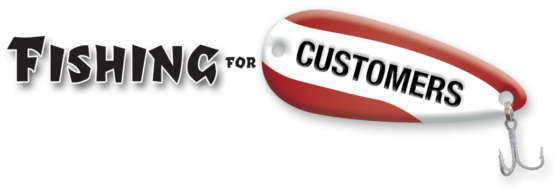“All advertising does is try to convince people to buy things they don’t want and don’t need.”
Ever heard that? If you have, it was probably a statement made by an employee. A non-sales employee of some large company. A non-sales employee who doesn’t understand commerce and has never been involved in attracting new customers to the company which employs him.
Owners of businesses (as well as their salespeople) instinctively know two things:
1. you can’t convince anyone to buy what she doesn’t need (at least, not more than once), and
2. without advertising, you’ll be primarily conducting business with people who just happened to pass by and see your sign.
Nobody buys anything she doesn’t want or need. What? That can’t be right. People don’t need tattoos. They don’t need newer cars. They don’t need the latest hot video game.
Kind of arrogant, isn’t it, to assume that just because you don’t feel the need, that no one else does, either?
The only reason a purchaser buys anything is because she feels a lack in her life. Advertising only speeds up what would have happened anyway by helping Ms. Prospective Customer to recognize her feelings of dissatisfaction, and to help her to learn about ways she could eliminate the gap between what she has, and what she wants. No gap, no reason to buy.
As marketers, our job is to manage the gap.
What makes up the gap? What’s the difference between the customer’s ideal and her reality? How can purchasing from you satisfy the need she feels? How can purchasing from your competitors satisfy her? Inside her mind, where do you and your competitors rank in your ability to eliminate that gaping lack she perceives in her life?
Those questions inevitably give rise to other questions:
- Can she articulate what it is she feels? (A problem well stated is, after all, half solved).
- Do you know her perceptions of you? Of your competitors?
- Does she understand the ideal state, that is, does she know how good it could be if she purchased from you?
The gap is always based on perceptions, and feelings. If she doesn’t feel the need, she won’t buy. What can you do to help her to understand what it is she’s feeling, and how buying from you will satisfy the need she feels?
Could this “managing the gap” concept provide a key to creating your own powerful marketing program?
